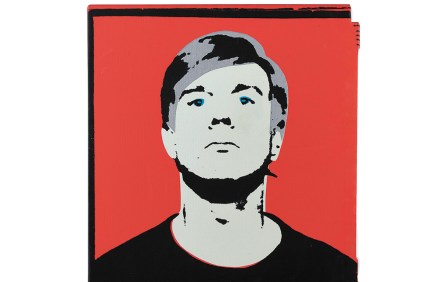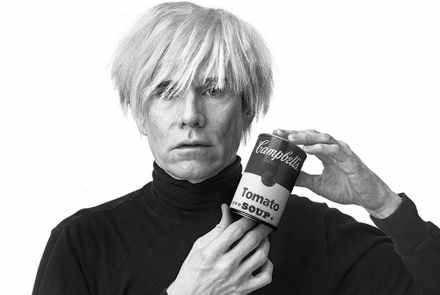Andy Warhol would have revelled in the chaos of his legacy
Andy Warhol’s legacy has been dogged by rows over authenticity more than that of any other modern artist. Warhol might well have predicted the chaos and even delighted in it. He once signed a fake painting at Christie’s – four silkscreened Jackie Kennedys – for the hell of it. ‘I don’t know why I ever did,’ he wrote in his diary – and yet the confession makes clear that he maintained a distinction, in the end, between what was fraudulent and what was his. You can’t sign a fake if everything is real. The task of the Andy Warhol Authentication Board – established in 1995 by the foundation which handles



